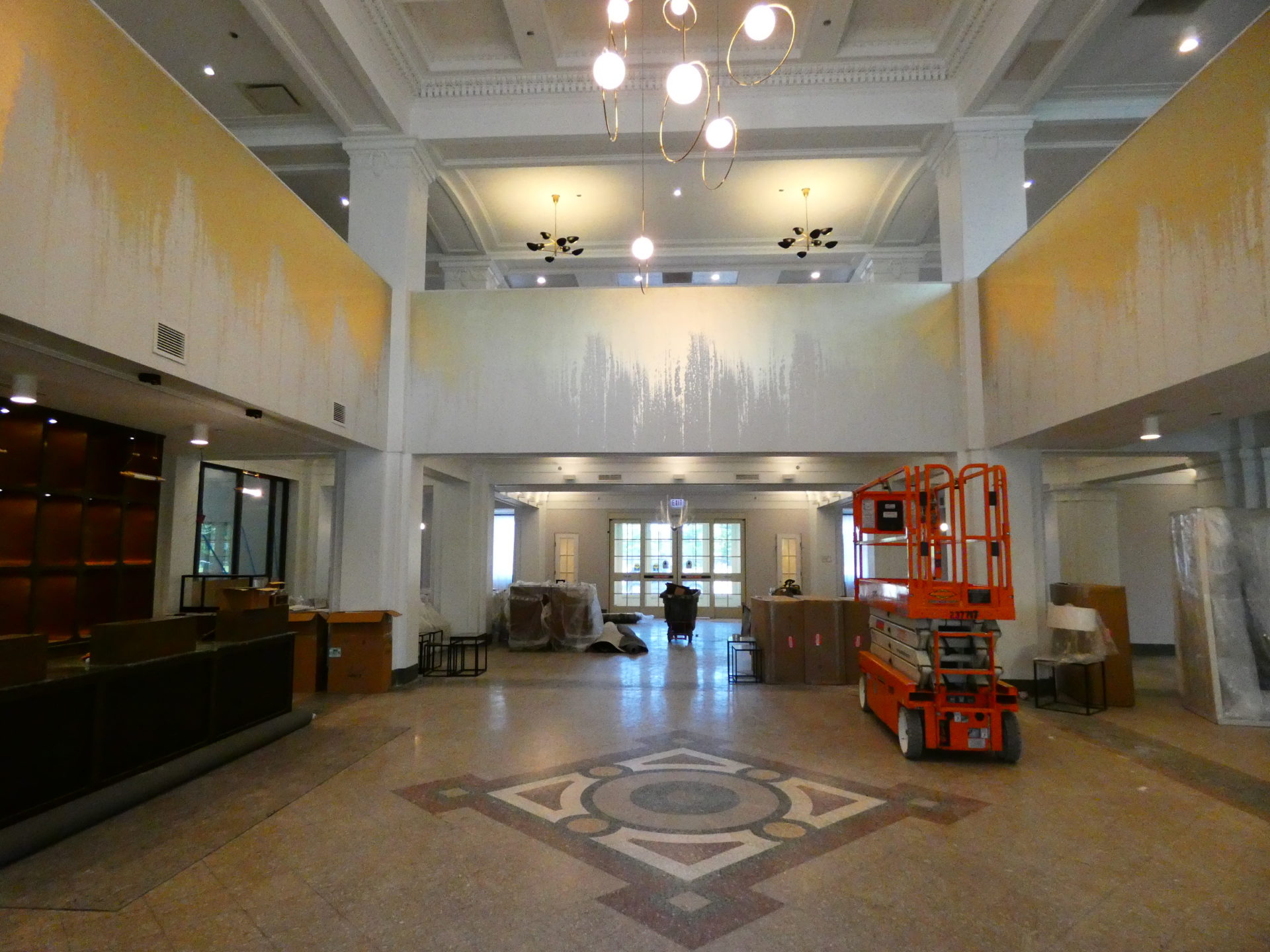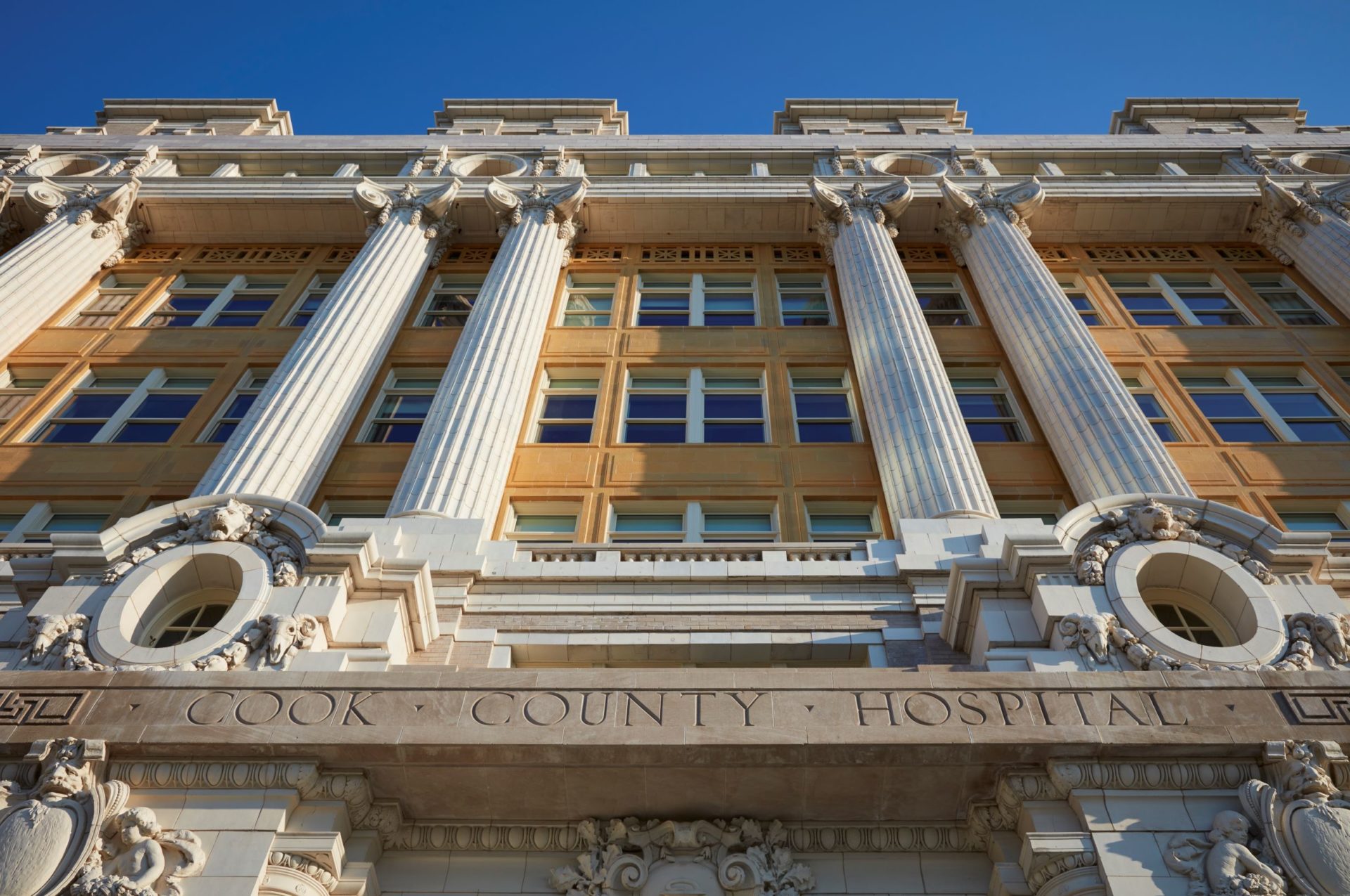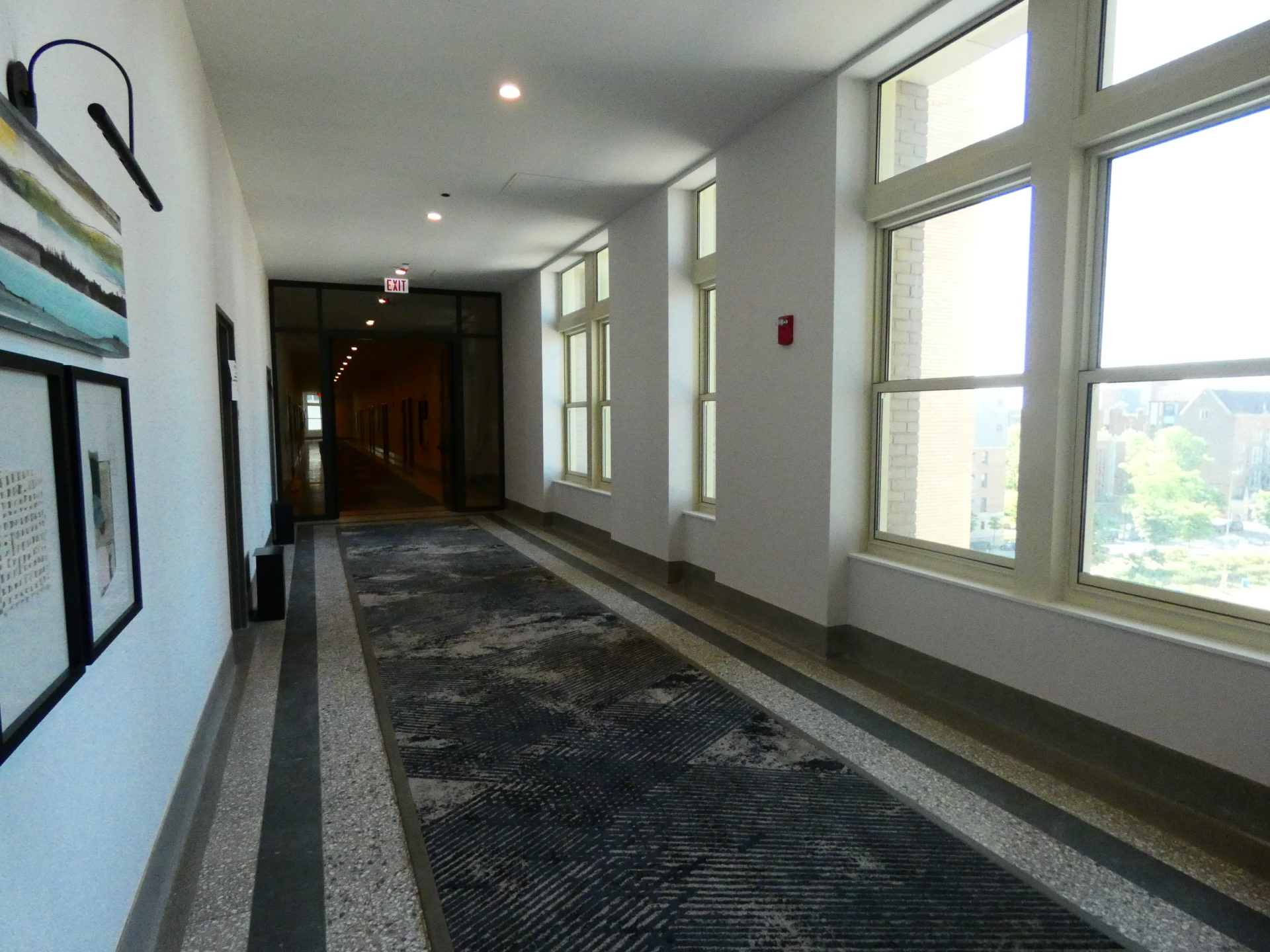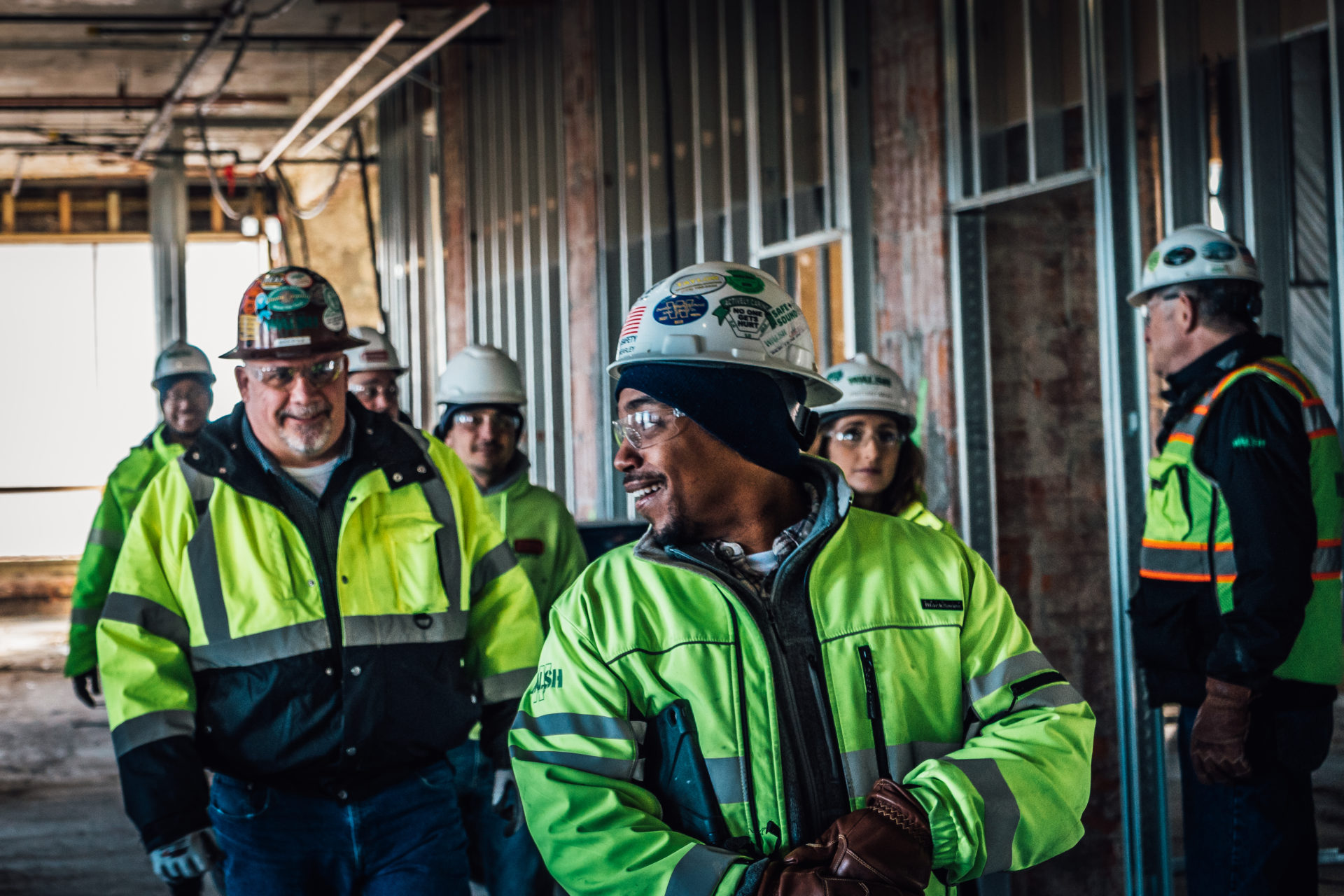LI ASKS: WHY IS THIS PLACE IMPORTANT TO YOU?
John T. Murphy, Chairman and CEO, Murphy Development Group
Cook County Hospital is significant as one of Chicago’s grandest public buildings. Its symmetry and balance, arrangement of its exterior forms and use of Classical-style ornamentation exemplifies the design tradition of the Ecole des Beaux-Arts school.
The building was constructed to provide quality medical care to all who entered its doors, and its impressive architecture served to convey the hospital’s importance as a premier public medical institution. The building reflects Cook County’s continued dedication to serving its indigent and under-served populations and its commitment to advancing the field of medicine through research and the development of innovative and pioneering medical practices.
Beyond its monumental presence, Cook County Hospital served the people of Chicago for over eight decades. At the time of its construction, the hospital primarily served immigrants, to the extent that the hospital was dubbed “Chicago’s Statue of Liberty.” During the 1920s, when the Great Migration brought African Americans from the South to Chicago in record numbers, the hospital became a critical resource for the city’s Black community. As one of the few hospitals in Chicago that did not discriminate on the basis of race, Cook County Hospital served African Americans from a wide range of backgrounds. By the mid-20th century, 60% of all African American babies born in Cook County were delivered at Cook County Hospital. Cook County Hospital was also the home to many medical advancements during the 20th century. In 1937, Dr. Bernard Fantus created the first blood blank in the United States at the hospital. The innovation proved so successful in saving lives that within three years over 50 hospitals across the country had established blood banks. Other advancements developed at Cook County Hospital include the medical internship program, the study of pathology, and the first identification of sickle-cell anemia. The hospital was a pioneer in supporting female medical professionals, hiring the first female medical director and first female head of surgery for a major U.S. hospital.
The architectural splendor and medical advancements that occurred at Cook County Hospital contribute to its significance, but for most Chicagoans the thoughtful and accepting care provided throughout the building’s history is what makes it an important part of Chicago’s history.
(Photo Credit MacRostie Historic Advisors LLC)




